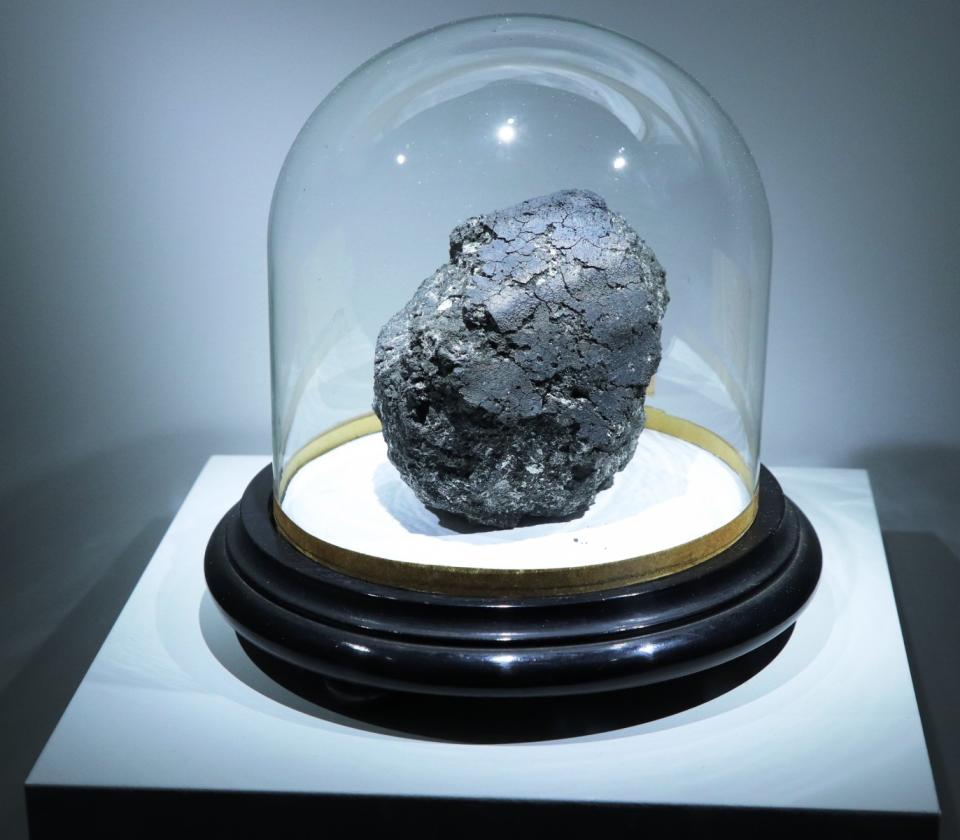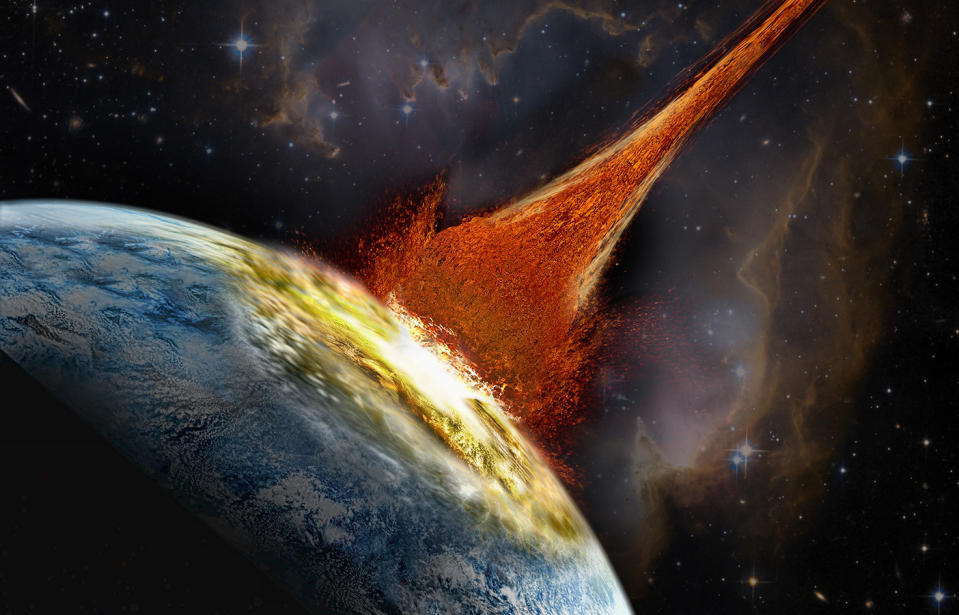Meteorites could throw light on origin of life on Earth
Organic matter inside meteorites probably formed during the birth of our solar system 4.5 billion years ago and could offer clues to the origin of life on Earth.
It could also help astronomers work out whether distant solar systems are habitable, experts say.
Researchers at the UK’s University of Manchester investigated “carbonaceous chondrites”, analysing the oxygen found inside the meteorites.

Organic-rich carbonaceous chondrites are very rare, comprising only a small percentage of all known meteorites.
Carbonaceous chondrites are made of the first solid materials – such as rocks, organics, water ice, and fine grain dust – formed in the Solar System.
When found on Earth and analysed in detail, they act as time capsules for understanding how planets formed and evolved over billions of years.
“Chondrites are a snapshot of the early Solar System, providing key insights on how protoplanets and planets formed and were processed,” said Dr Romain, of the School of Earth and Environmental Sciences.
“Earth is a dynamic planet – processes such as plate tectonics and erosion have erased most of the early Earth records.”

The researchers say that the meteorites work like a “time capsule” – capturing how things were in the solar system’s early days.
“The oxygen isotope pattern was similar to the relationship linking the composition of the Sun, asteroids and terrestrial planets,” fellow researcher Dr Tartèse said.
“Therefore, this likely implies that carbonaceous chondrite organics were formed through chemical reactions in the early Solar System, rather than having been inherited from the interstellar medium.”
Using samples from the Muséum National d’Histoire Naturelle in Paris, the research team spent two years precisely measuring and interpreting the oxygen isotope composition of organics in some of these early-formed meteorites.

